#empowerwomenthroughcreativity
This summer, despite very relaxing holidays, swimming in an exceptional Mediterranean sea, countless sun baths in the middle of an incredibly beautiful nature, I was heavy-hearted every day.

My feelings were mixed. My conscience wasn’t at rest. I was constantly torn between wonder, fear, and nervousness. But why? I think that like many of us, I become more and more aware that our planet is deeply wounded.
I could not (and I did not want to) prevent myself from thinking about this planet that we ALL literally "raped" for decades. I wanted to urge my girls to swim in this exceptional sea because I had the feeling that tomorrow, that would be impossible if we don’t apply the brakes now, if we do not consider the way we consume as a whole.
Of course, it's about calling in question our consumption patterns at our level, as an individual to get us out of a global problem. For example, I am ashamed when I think that only one year ago, I bought every two weeks on Amazon 24 bottles of 1.5 liters of Evian, that's 48 bottles per month so 576 per year! While we are lucky enough to have drinking water flowing from our faucets, and that is also much cheaper.
But today I’m speaking on behalf of Heimstone and as Alix Petit, entrepreneur and artistic director of a brand with assertive choices, and who has also its role to play, and commitments to take towards our planet that cannot wait anymore.
It’s also an opportunity for me to continue our considerations and our questions, which is coherent after last June during which we supported "the 100k Initiative", launched by @drinkfound, which campaigned for the eradication of the single-use plastic.
It seems important to me to make regular appointments like this, times of exchanges to make a pause on our daily lives at full speed, to be able to step back and really commit ourselves.
So today I am opening a trilogy of three articles to discuss with you, and in full transparency, the global issues of our industry as well as our point of view and positions at Heimstone.
In this first article, we will try to give you a general picture of the different issues facing our industry: sourcing of fabrics, increasing transportation, relocation, textile waste, factory working conditions... There are so many problems related to the textile industry! And even if today, nobody has found THE miracle solution to rebalance all this small world, a lot of people seem to work in this direction. Small and major businesses. Whether it's my friend Marie from Modetrotter who offers you to select the option "zero packaging" when you make an online purchase if you prefer not to receive their pretty postcard and tote bag, or the luxury giant Kering who is committed by 2025 to reduce by 50% all emissions of greenhouse gases compared to 2015 (source: Le Monde). All in the same boat! But all of this is very complex and can not be solved overnight.
My goal here is to inform you properly and honestly about the subject, but most importantly I am confident that moving forward collectively and finding solutions collectively is essential. We count on your kindness and are always eager for advice so do not hesitate to leave us comments!
And in the next two articles, we'll come back to Heimstone, we'll plunge you in its history, so that you understand some of our choices that drove to the foundations of the brand, and we will share our plan of actions over the coming months and years.
Follow us !
Fashion world, do you copy?
Maybe you did not know but textiles is the second most polluting industry in the world (after the oil industry). Yes, it’s a disaster.
I love this baseline of the American brand Reformation: "Being naked is the #1 most sustainable option. Reformation is # 2. We make sustainable women's clothing and accessories."
Unfortunately, our society is not naturist. Although it might be much easier! Does the idea tempt you ?!

The strength of Reformation is to offer fully responsible collections and I am very sensitive to this commitment, as rare as it is demanding. At Heimstone, our awareness is evolving and my team and I lead a daily struggle for small (and big!) actions to be carried out every day so that our collections also dress women in a sustainable way. But you will see that we must also deal with a complex industry, and that the choices we make must fit into equally complex economic equations (be patient, we will talk about our actions in the next two articles of our trilogy!).
So if we do not live naked, you and I have no choice but to rely on fashion brands. Our purchasing power becomes meaningful, and we want to make choices that matter. So it was important for me to share some of the industry's undersides, so you can ask yourselves the right questions.
In the beginning, there are the fabrics. What should we wear?
To take a few more bases on the textile material, essential supply of a garment manufacturing, know that one can distinguish two great main families:
- Natural materials, of plant origin (such as cotton, linen, hemp) or animal (such as leather, wool, silk, angora)
- Chemical materials, produced artificially (from plant materials such as wood cellulose, bamboo, mixed with solvents... and my skills as a chemist stop here to be completely honest) or synthetically (from hydrocarbons). Not great.

When we read this, the answer seems obvious and crystal clear: use only natural materials, and organic as far as possible. But it's more complicated than that. Each family of materials has its strengths and weaknesses. And if we draw each argument to its extreme we would finish, you have figured, all naked.
The cotton growing pollutes and consumes an astronomical amount of water (according to ADEME's infographics, the cultivation of cotton required to make a t-shirt represents the equivalent of 70 water showers). Synthetic fibers release plastic microparticles into the water during maintenance and encourage petrochemicals. Viscose seems to be one of the most durable and promising alternatives, but in its way it reaches biodiversity by using wood cellulose, bamboo, maize... It is like stuck because, as in all areas of life, it’s neither all white or black, and everything has its limits.
We can be sure about one thing : a miracle solution is no longer effective if it’s used intensively. Fortunately, we are not H&M or Mango. But fabrics are the #1 challenge, you have a lot on our plate.
The extraordinary journey of fashion: thousands of polluting kilometers
You often ask us from where our fabrics come and where our clothes are made. Through this simple question, perhaps without knowing it, you raise an infinitely more complicated matter. From the birthplace of the fiber to the fashion label in the shop, the actors at stake can be VERY numerous. And we do not speak of a local circuit, but of a highly globalized economy, there is no scoop here.

When you hold a garment in your hands, his thread will probably come from Asia, the fabric from which it’s composed will have been dyed in Italy, the resulting roll of fabric will be marketed by an American supplier / buyer before being bought by a brand that will sew it in the Maghreb, Turkey, Bangladesh, or whatever. In short, a long journey, often very polluting, but which especially blurs the traceability of the product and the raw material, because unfortunately, the simple fact that the fabric was dyed in Italy gives it the right to become an Italian fabric and not Asian. And believe me, this may even be pretty blurry to us, Heimstone, as we are customers of these providers. Yes, it's confusing.
Confusing, but I also think that we must accept this system to the level of reasonable.
First of all, what seems essential to me is not to push it to exhaustion, as it is often the case with the fast fashion brands, which relocate absolutely all the production stages of a garment.
Attention, I'm the first to buy Zara jeans. I do not blame anyone and as said above, everything is neither all black or white, it seems that it is again a matter of balance.
It’s a matter of questioning our choices and our consumption with full consciousness and learning how to think from a personal point of view to a global problem. It’s important to give oneself goals also as a consumer, and be more aware about the ones of the industrial brands. It’s impossible to dismantle a decades-old system in a blink, because EVERYTHING must be rethought, and it will take time.
But I also think that this internationalized system can not be THAT bad.
For example, why should we refuse the meticulous and wonderful know-how of the embroiderers that can be found in India, or the work of some Chinese suppliers who produce sublime lace of a rare quality, or some wonderful craftsmanship of the Italians who work the fabrics in wool like nobody else? Real treat for the eyes for a designer. I do want to believe that this is some good things in this globalized industry.
It’s also this openness to the world, these trips, the diversity and know-how of everyone who feed my collections. Since the birth of Heimstone, elsewhere is at the heart of my inspirations. I leave my mind wandering, as I encourage you with this journal Empower Women Through Creativity, and this is how we manage to offer you these unique creations.
On the other hand, it seems to me essential to question the transport problem: where can we reduce these kilometers traveled at each step of the way, where are they absurd and on the contrary, where are they carriers of exchanges, of creativity, the occasion to highlight some know-how?
And so the garment was born
Unfortunately, the stage of making the garment itself does not display a more glorious picture.
You might have seen on the media several controversies about the sweatshops, thoses extreme cases of factories where the work of the workers is carried out in terrible conditions, in minimal delays and or where the remunerations are barely at the height of what would be the subsistence level.
This is not new, the media tend to worsen this kind of issues, which end up becoming a unique reality in the collective opinion. It's dangerous, we forget the nuance and it tends to completely distort the reality of our industry in the eyes of consumers. Because no, this case is not the absolute truth, and the problems of some (Nike not to mention them) can not be the problematic of all (our workshops and craftsmen are doing very well for the record, we will be talk about that in the upcoming articles). I believe that sustainability is also in the human, so it was important for me to mention it here.

As far as ecology is concerned, the main issue is pollution and waste that are also a part of the problem at this stage of the clothing life cycle. Many fashion brands do dozens of useless prototypes before launching their productions or don’t think correctly their patronage to fully use their rolls of fabrics. As a result, meters of textile are wasted, very little are revalued and recycled.
Then, when it leaves the factory, the journey of a accomplished piece is often done in an individual plastic packaging (this famous polybag we talked about a lot in June), since it is light and protects the garment very well (when the plastic also has its magical sides ...). Without this packaging, the garment has a great chance to be damaged. How to replace this packaging? With a cotton pouch? No, with everything I explained just above, you understand that it would lead the way to a vicious cycle of production of cotton material that would require a huge production to get an amortized cost…
Here we are, stuck again.
This is the confusing and complex truth of our industry, as we, actors but also consumers of fashion have developed and exploited for a century.
Obviously, these are important economic issues that any brand has to face in order to create a business that stay the course.
So now that we are facing all this data, what are we doing?
I give you an appointment for our second article where I'll tell you how we feel about it at Heimstone, and what we are actively working on to preserve our planet.
I deeply believe that we all have our part to play, as a company that is at the forefront, but you as consumers can also play a vital role.
Finally, what pleases me in this gigantic project is to think that we have to move forward united for a healthy planet. See you soon!

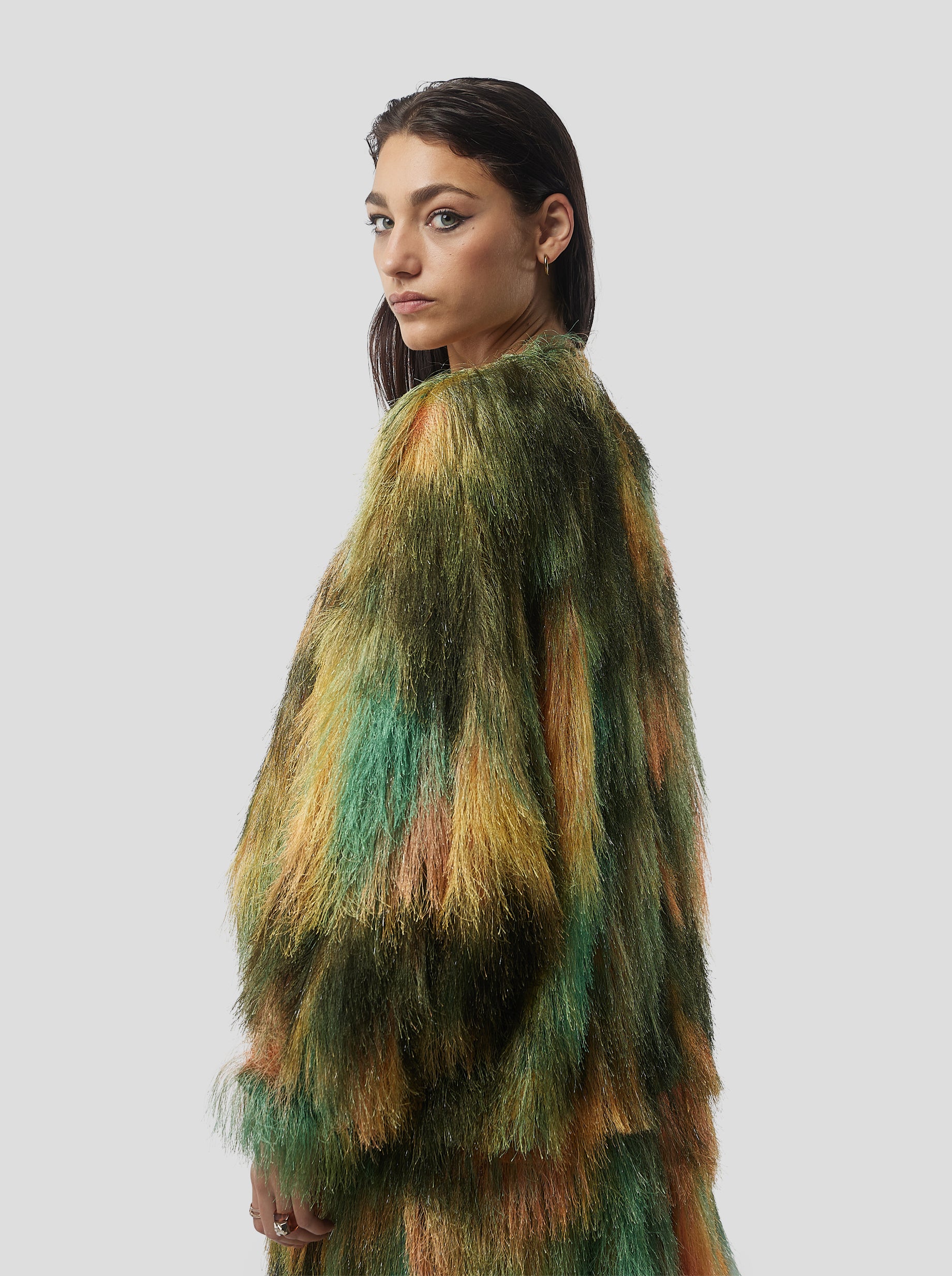
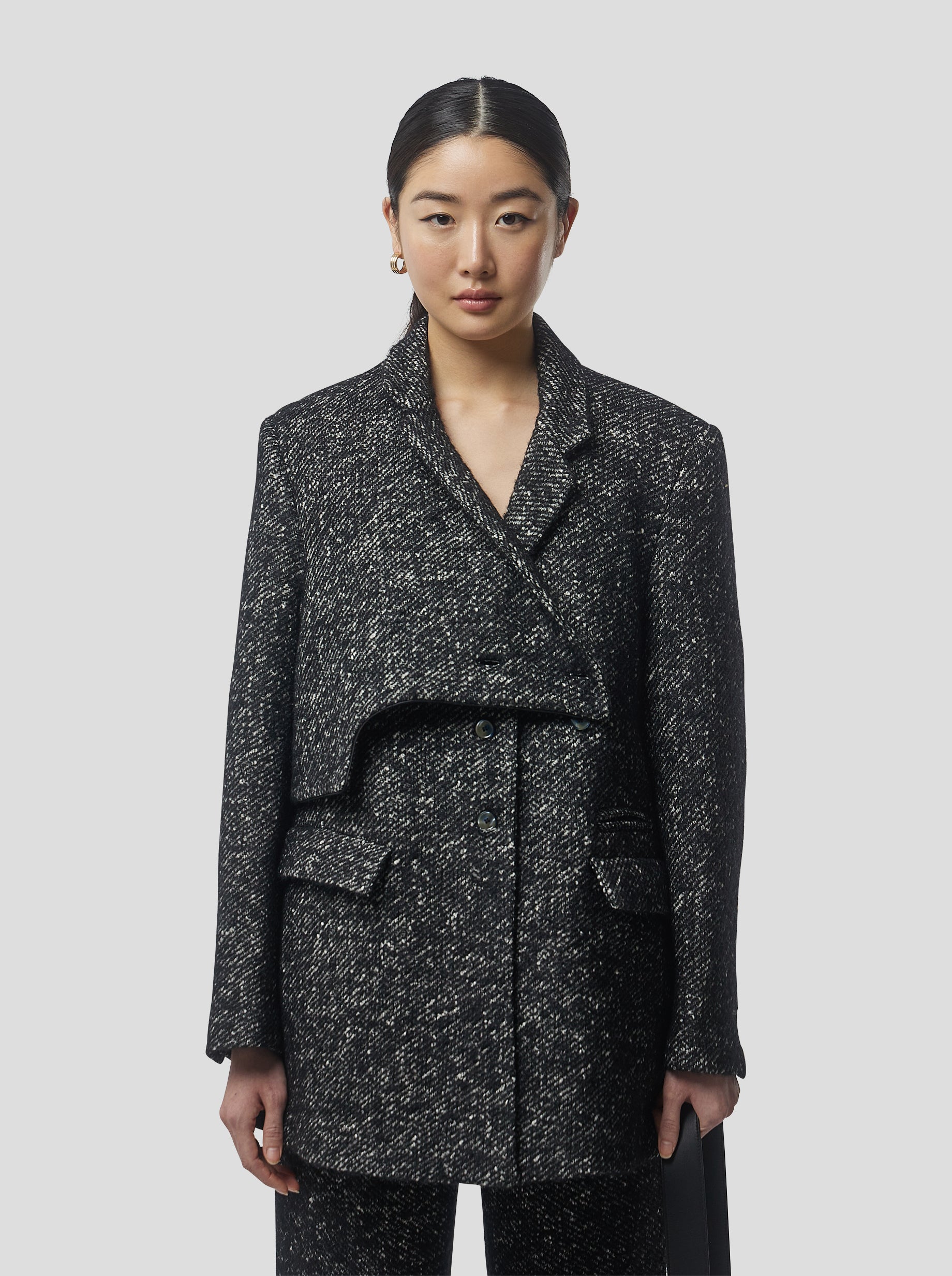




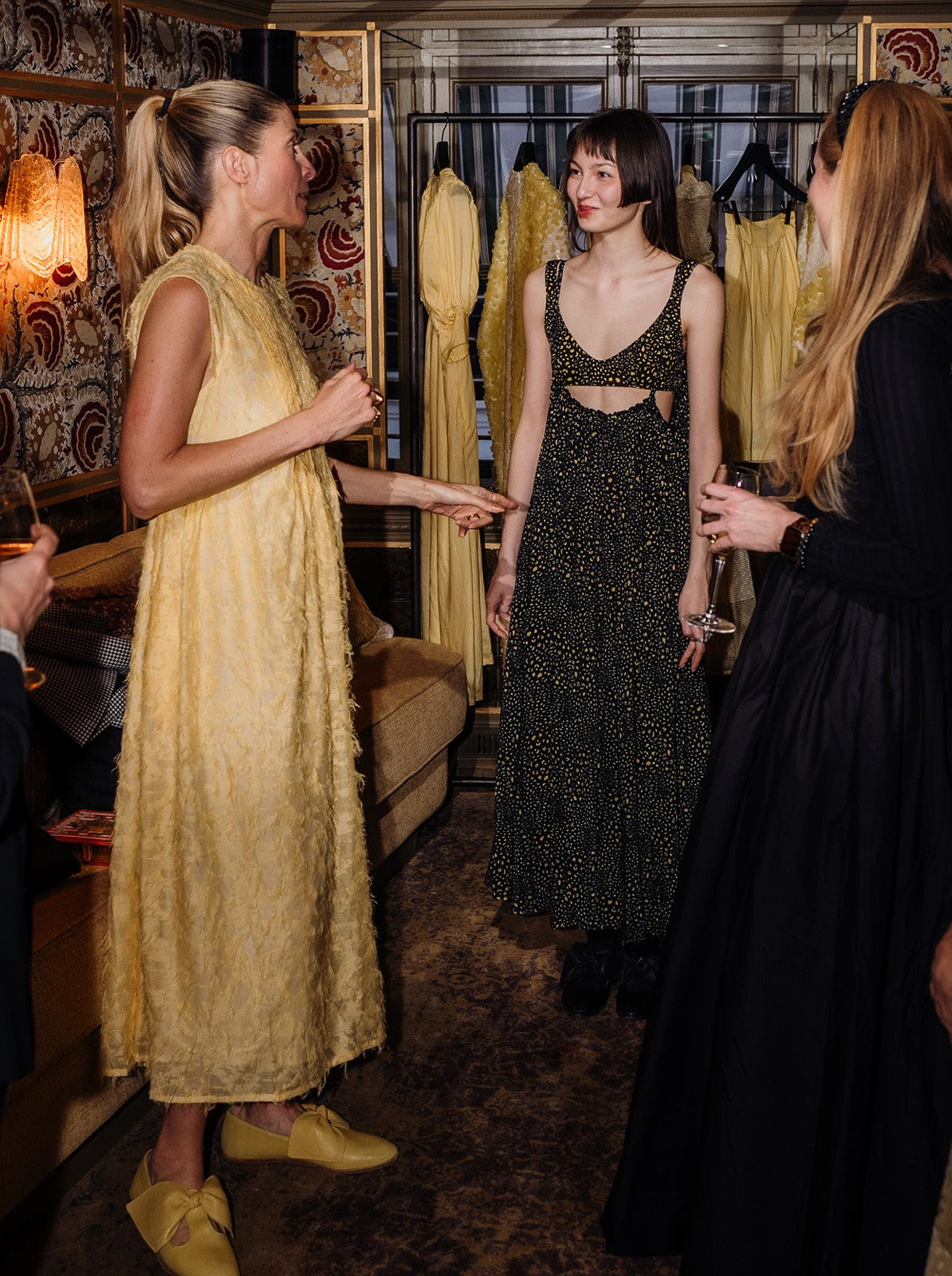

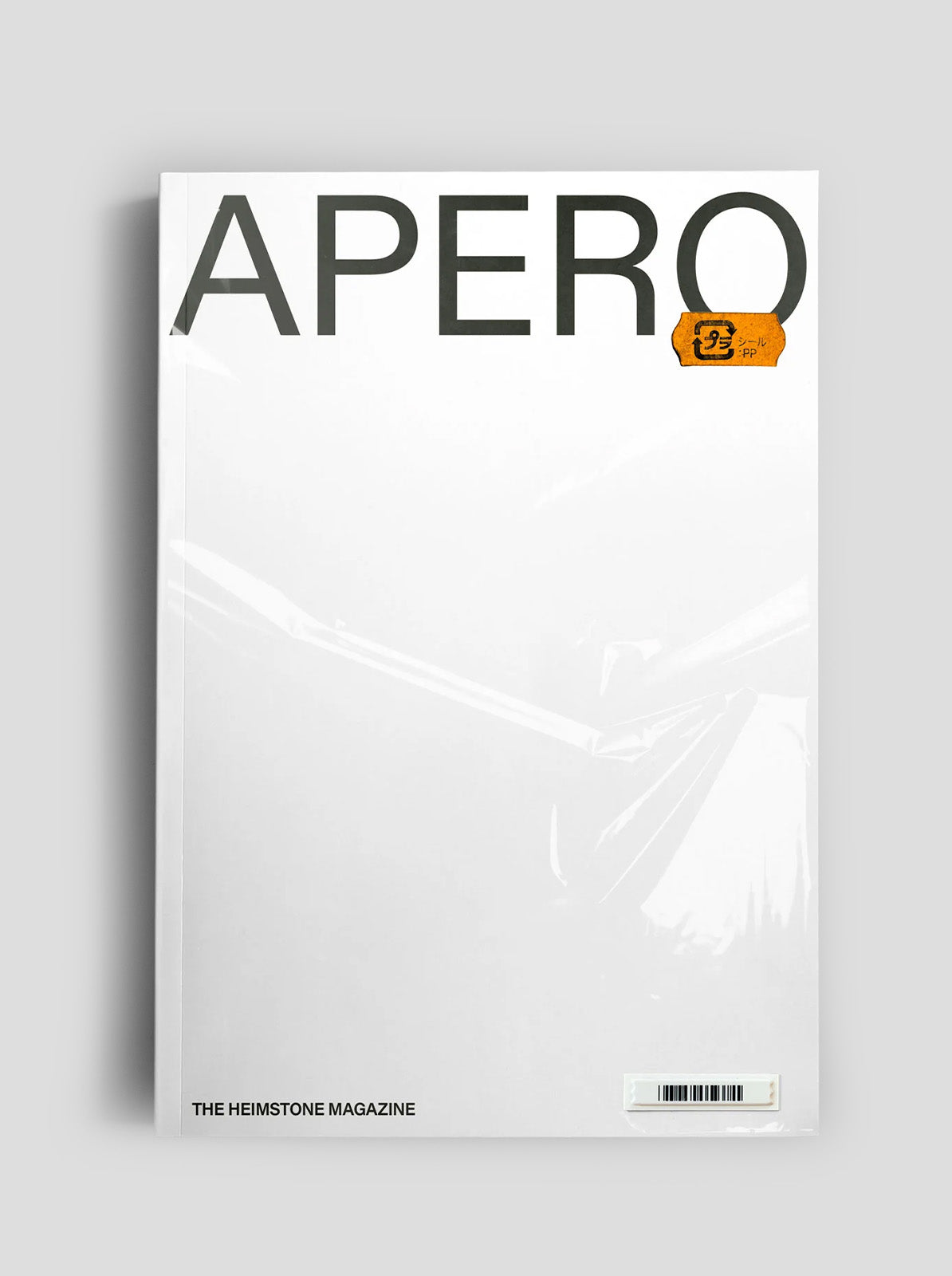

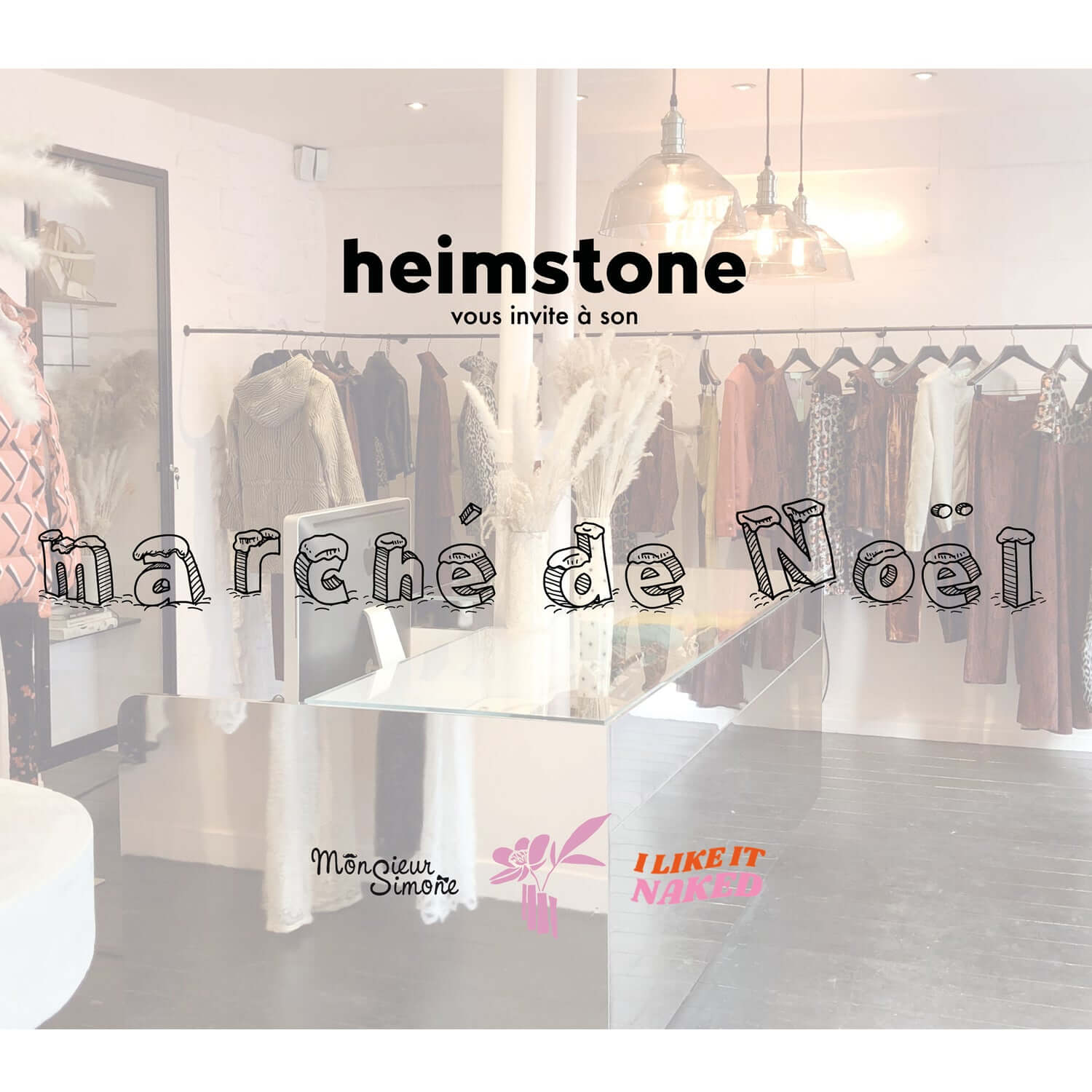
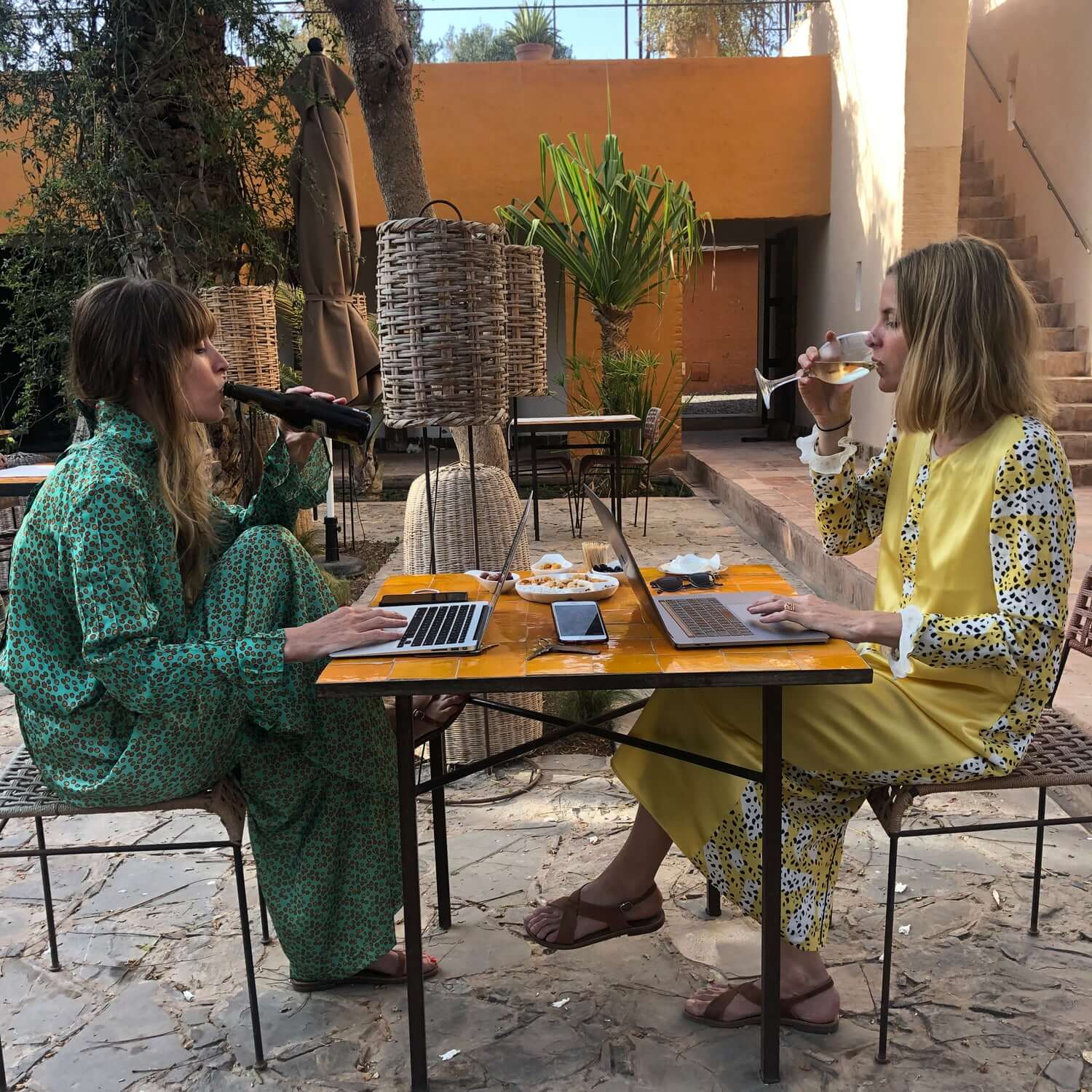
5 comments
Alix
Bonjour Marie, merci pour votre message! Votre question est justement l’un des sujets du dernier article de notre trilogie qui sort dans quelques jours, je vous invite à le lire, j’éspere qu’il répondra à votre question! A tres bientôt, merci! Alix
Bonjour Marie, merci pour votre message! Votre question est justement l’un des sujets du dernier article de notre trilogie qui sort dans quelques jours, je vous invite à le lire, j’éspere qu’il répondra à votre question! A tres bientôt, merci! Alix
MarieA
Merci pour cet article (et tous les autres que je lis avec délectation) ! Juste une question, d’un simple point de vue de consommateur, pourquoi tant de collections par an ?? Cela ne serait pas aussi un axe de réduction dans tous les domaines ?
Merci pour cet article (et tous les autres que je lis avec délectation) ! Juste une question, d’un simple point de vue de consommateur, pourquoi tant de collections par an ?? Cela ne serait pas aussi un axe de réduction dans tous les domaines ?
Juliette
Merci pour cet article qui résume bien la quadrature du cercle à laquelle l’industrie est confrontée. Petite solution peut être, mais difficile à défendre pour les fabricants et l’industrie de la mode basée sur les “tendances”: consommer moins, beaucoup moins, mais mieux. Combien de personnes ont les placards qui débordent, jettent/donnent des kilos de vêtements par an (j’en fais partie)….
Merci pour cet article qui résume bien la quadrature du cercle à laquelle l’industrie est confrontée. Petite solution peut être, mais difficile à défendre pour les fabricants et l’industrie de la mode basée sur les “tendances”: consommer moins, beaucoup moins, mais mieux. Combien de personnes ont les placards qui débordent, jettent/donnent des kilos de vêtements par an (j’en fais partie)….
Comte
Super article, à la justesse encore mesurée car faire des choix drastique et des partis pris en totale adéquation avec le respect de la planète et de la vie ne vont pas vraiment avec l’economie Comme elle est aujourd’hui – notre marque est née il y a maintenant 3 ans. Et clairement si nous devions en vivre cela serait impossible mais en lisant votre article, je me dis que nous sommes sur la bonne voie avec même quelques coups d’avance !;) allez voir notre démarche, elle ne pourra que vous plaire. Chacun sont chemin, haut les cœurs 💗
Super article, à la justesse encore mesurée car faire des choix drastique et des partis pris en totale adéquation avec le respect de la planète et de la vie ne vont pas vraiment avec l’economie Comme elle est aujourd’hui – notre marque est née il y a maintenant 3 ans. Et clairement si nous devions en vivre cela serait impossible mais en lisant votre article, je me dis que nous sommes sur la bonne voie avec même quelques coups d’avance !;) allez voir notre démarche, elle ne pourra que vous plaire. Chacun sont chemin, haut les cœurs 💗
Elsa
Merci pour l’article. Une remarque. Il me semble qu’Heimstone reste une marque avec un impact énergétique limité puisque si on réfléchit combien de vêtements de cette marque sont à la poubelle ?
Merci pour l’article. Une remarque. Il me semble qu’Heimstone reste une marque avec un impact énergétique limité puisque si on réfléchit combien de vêtements de cette marque sont à la poubelle ?